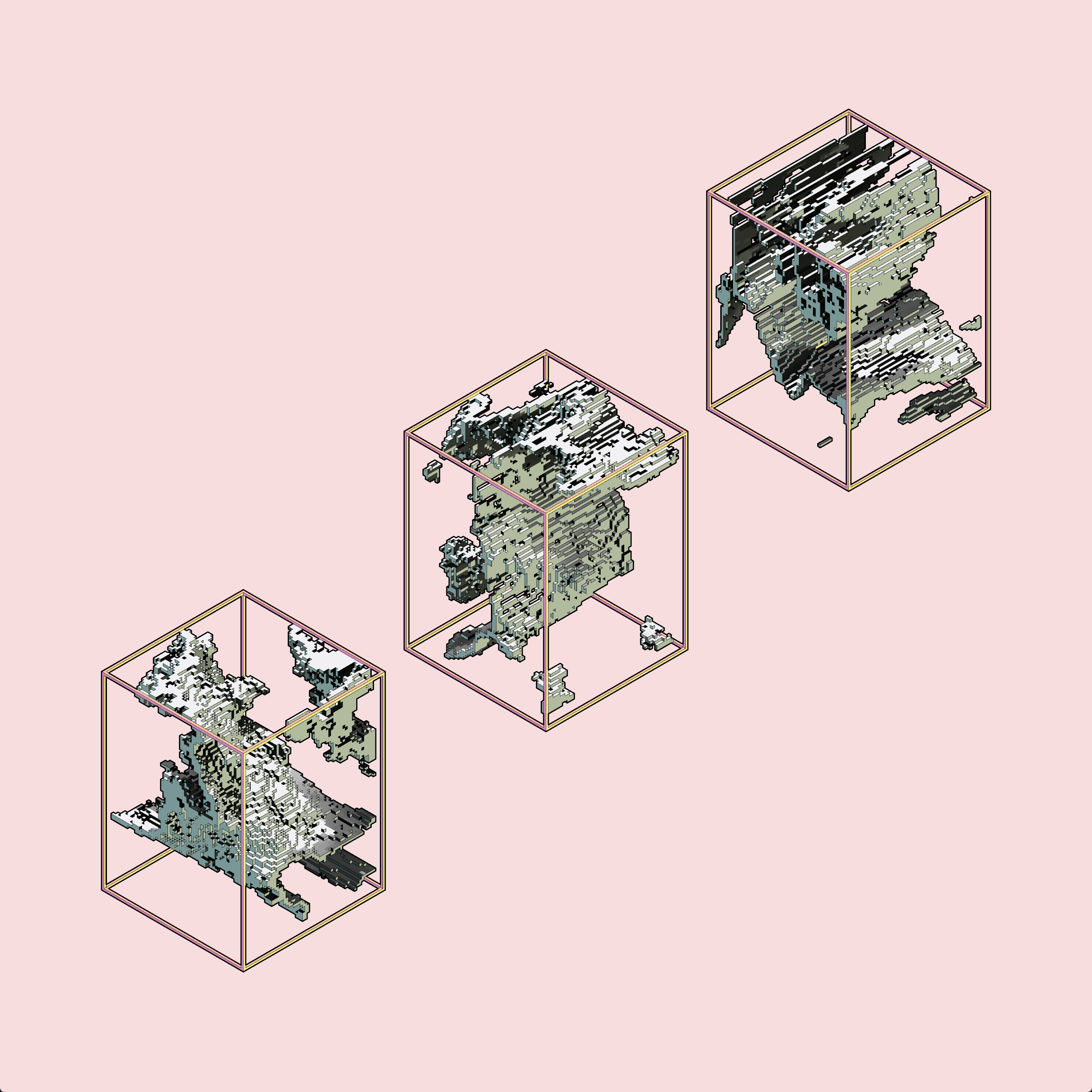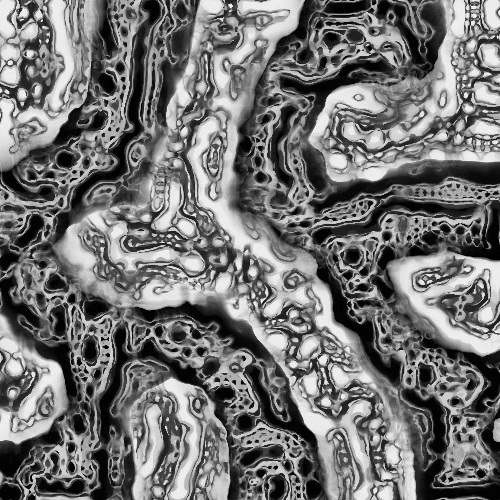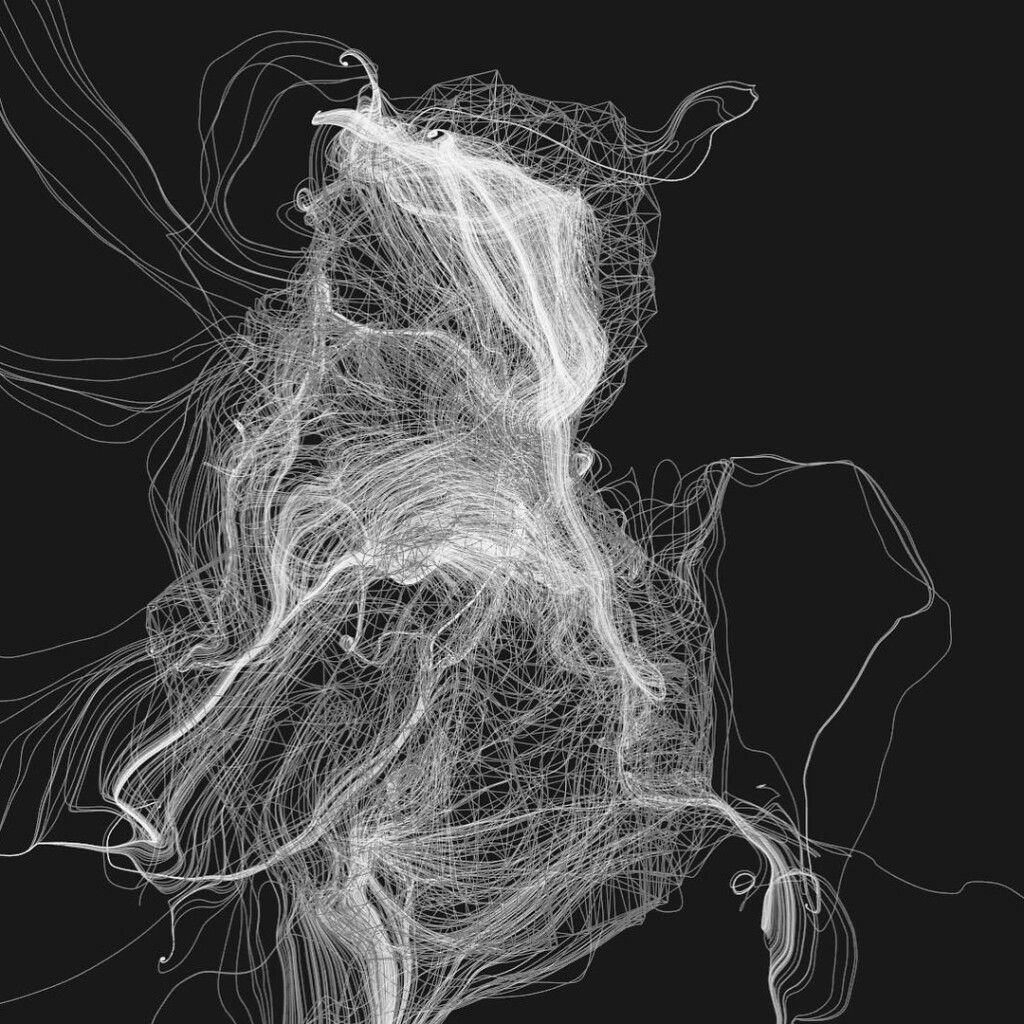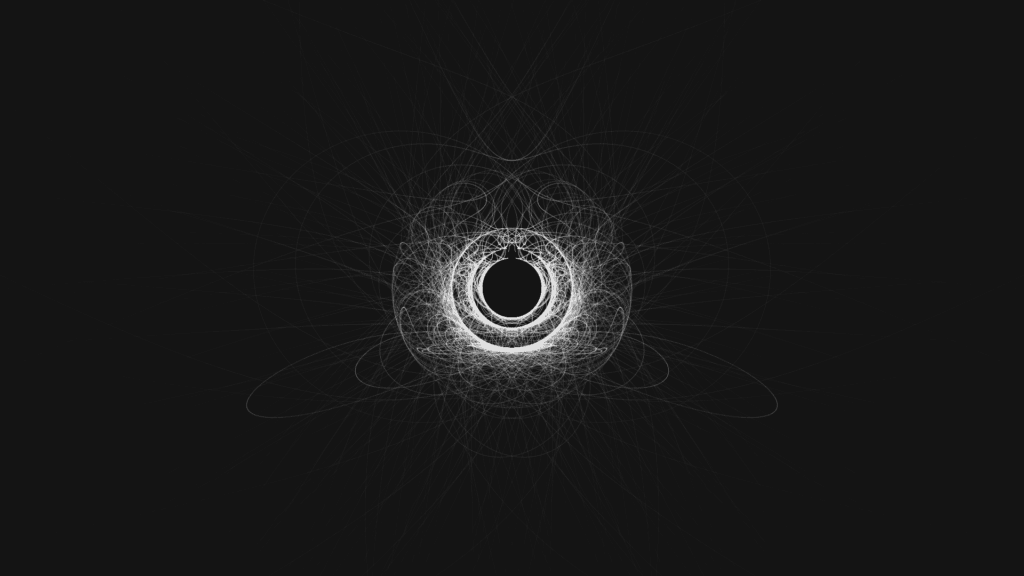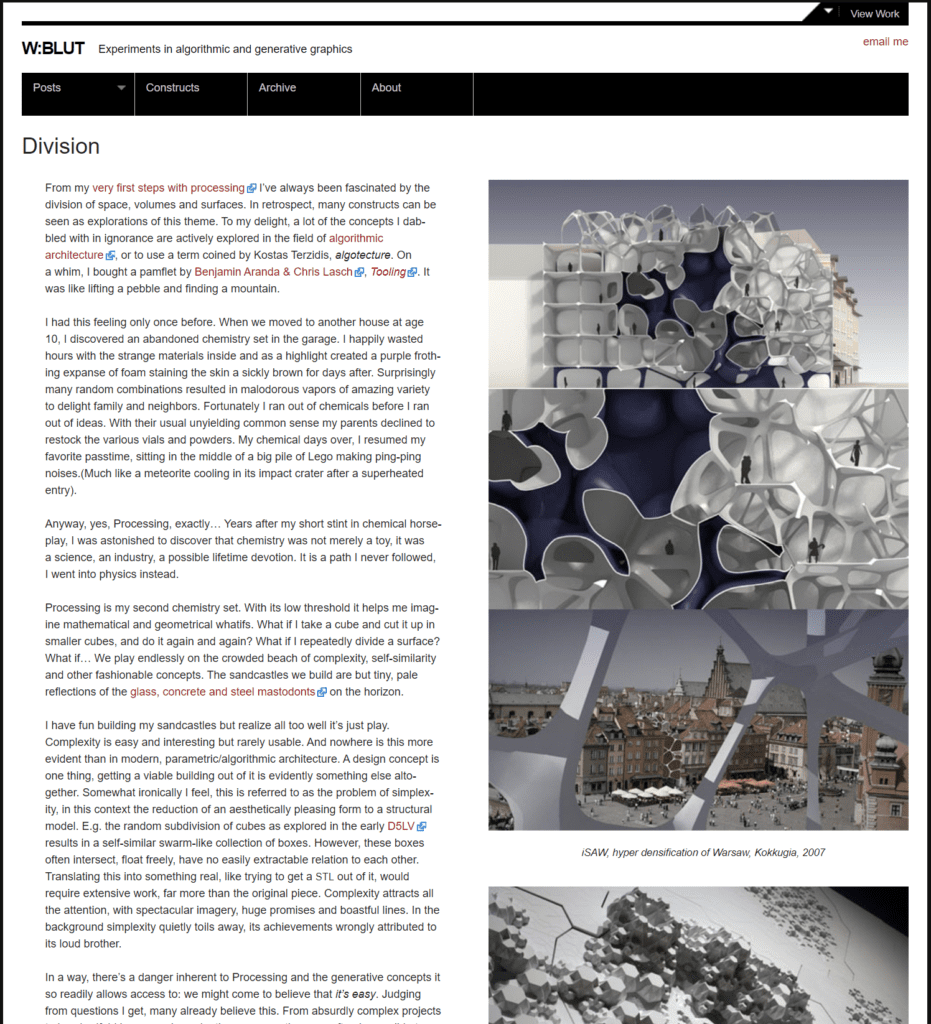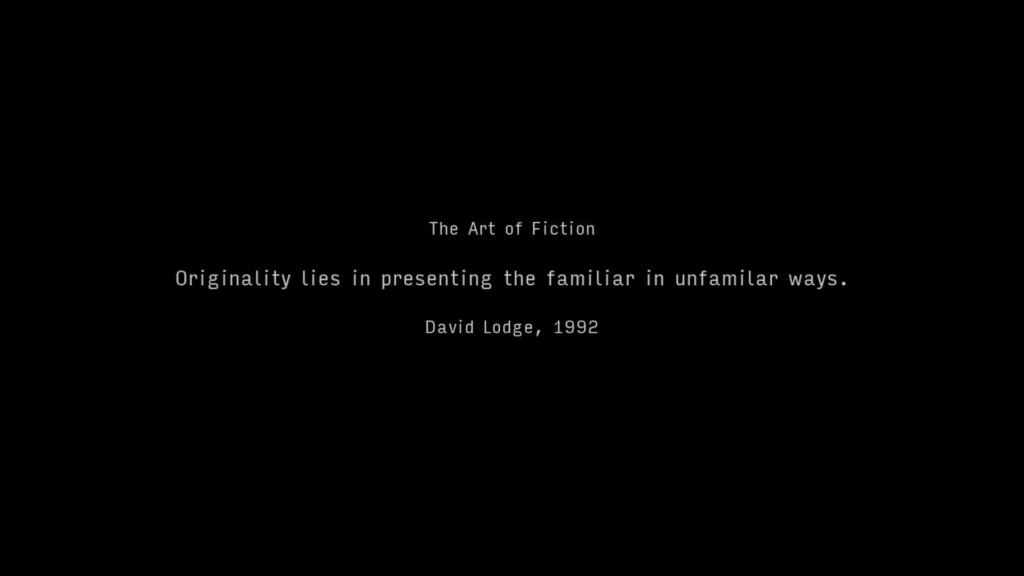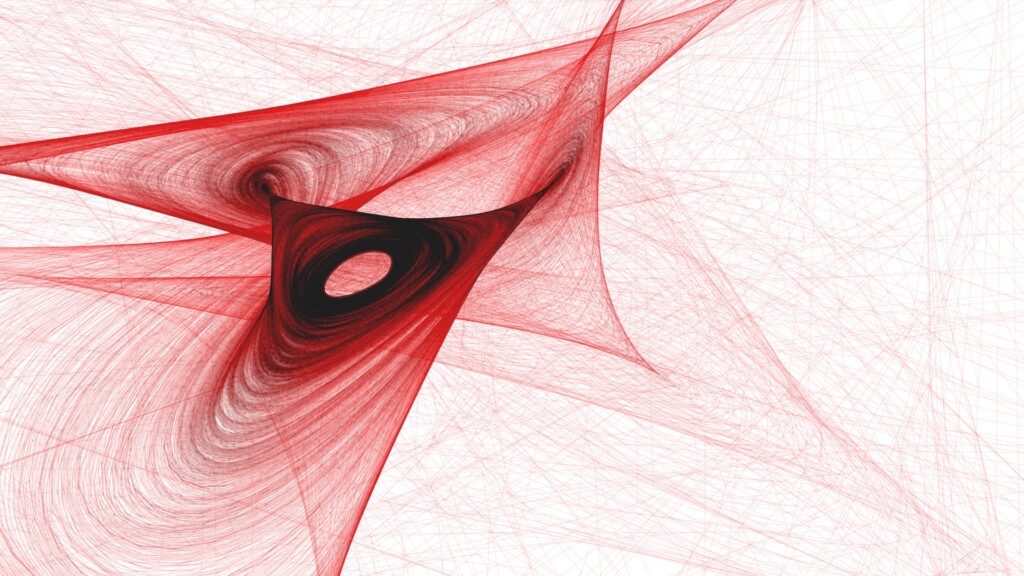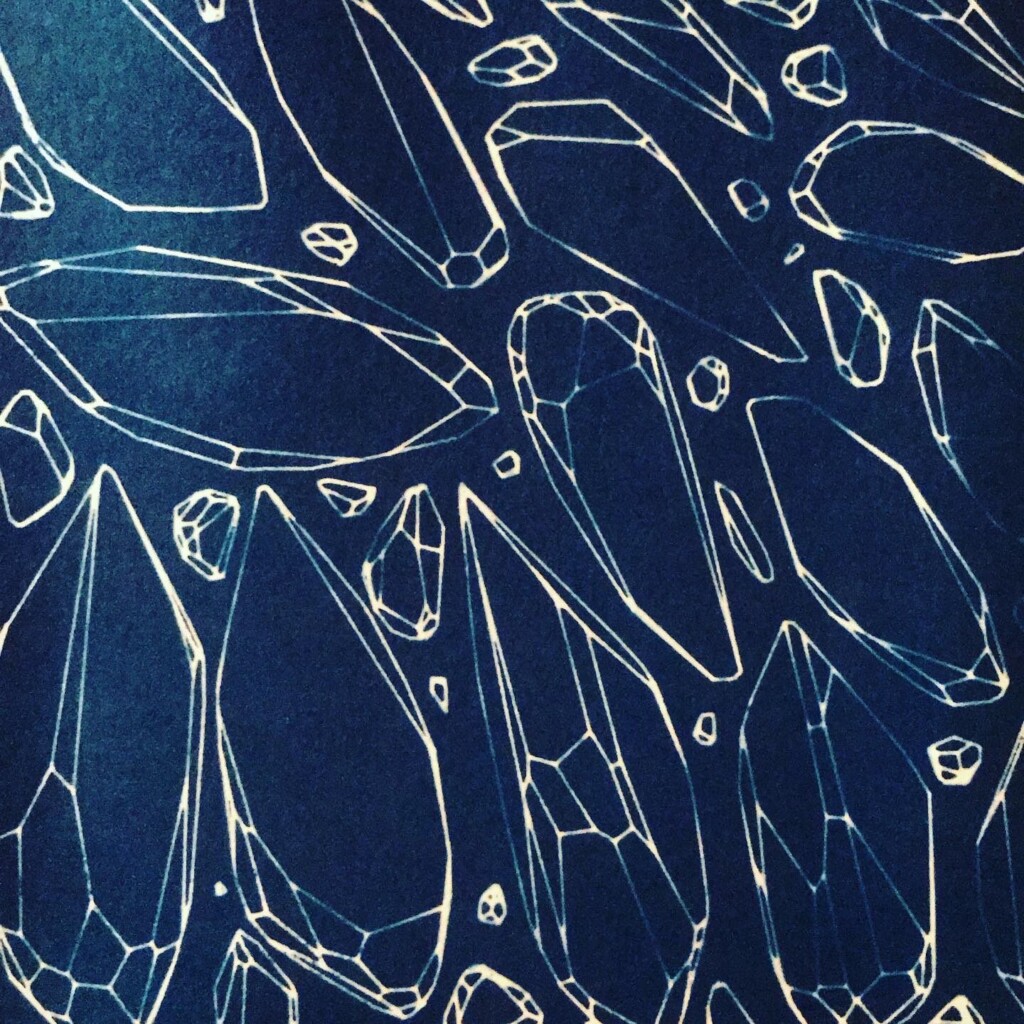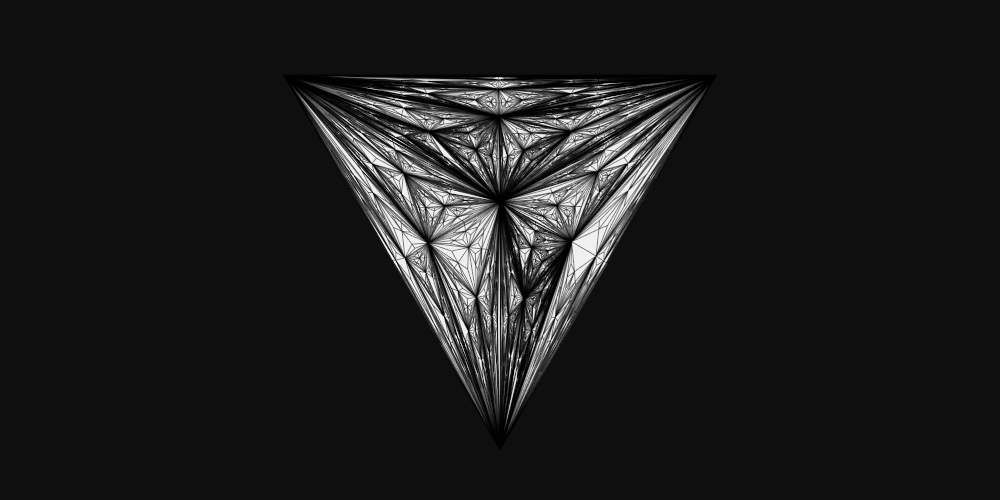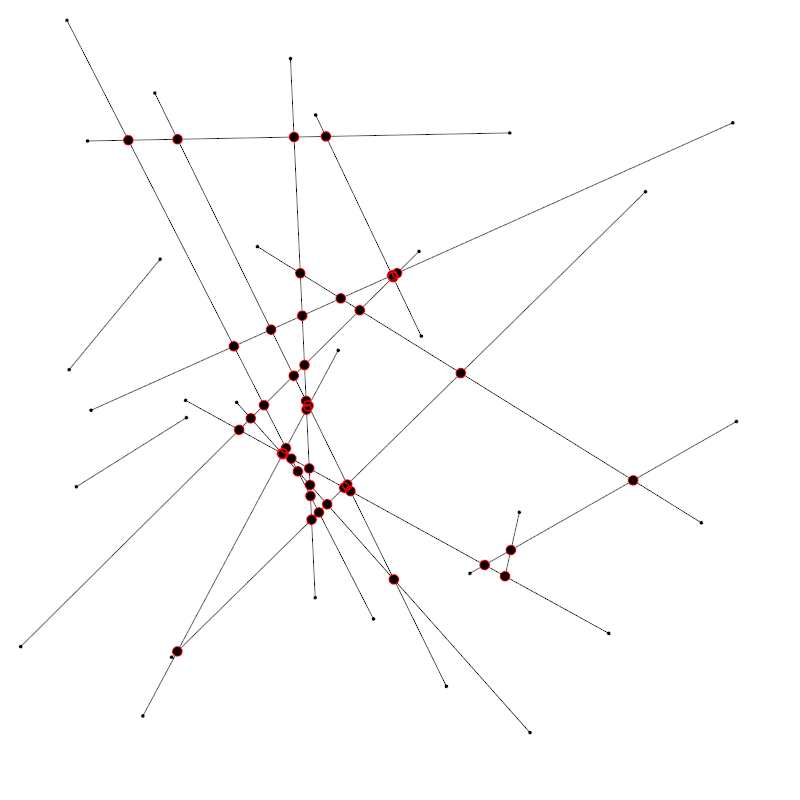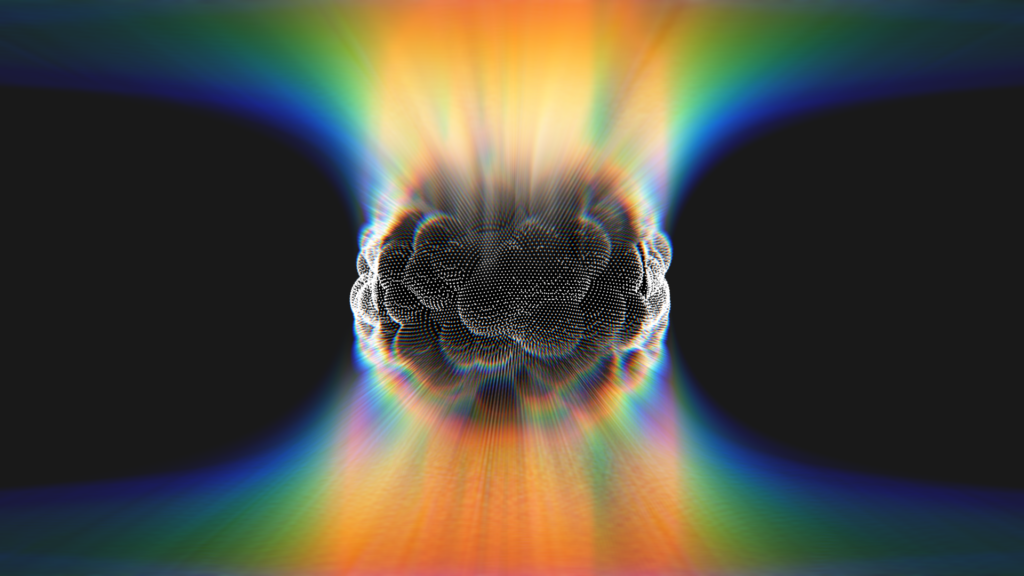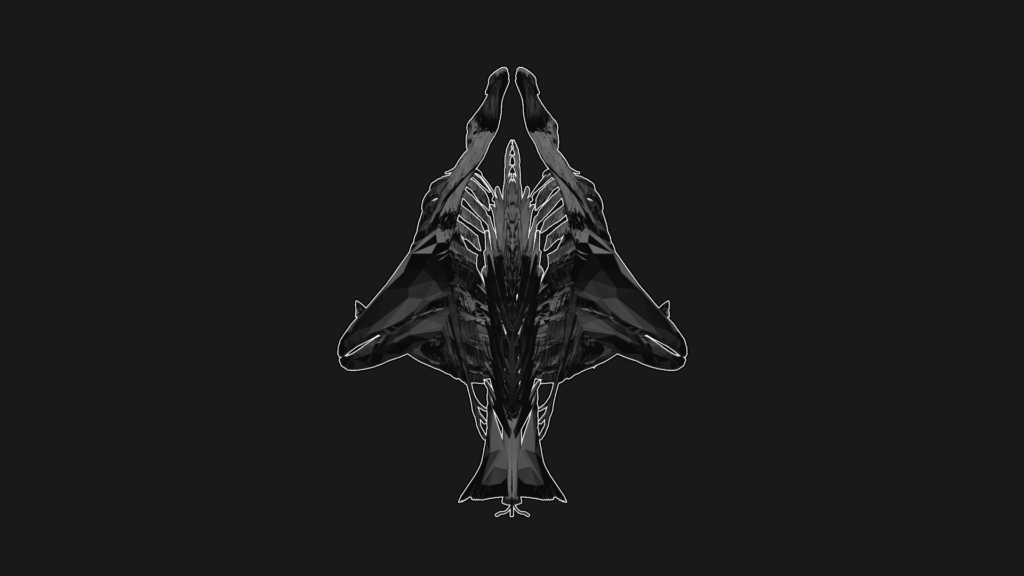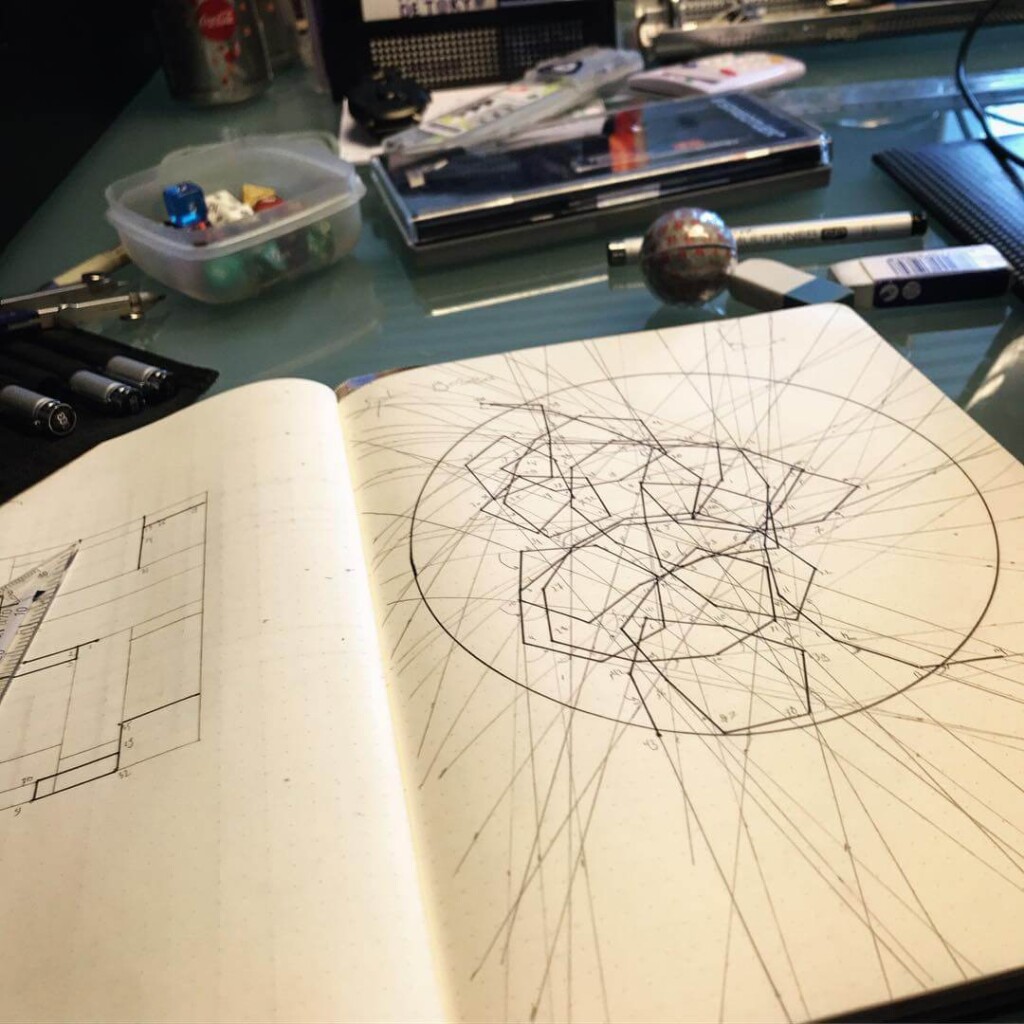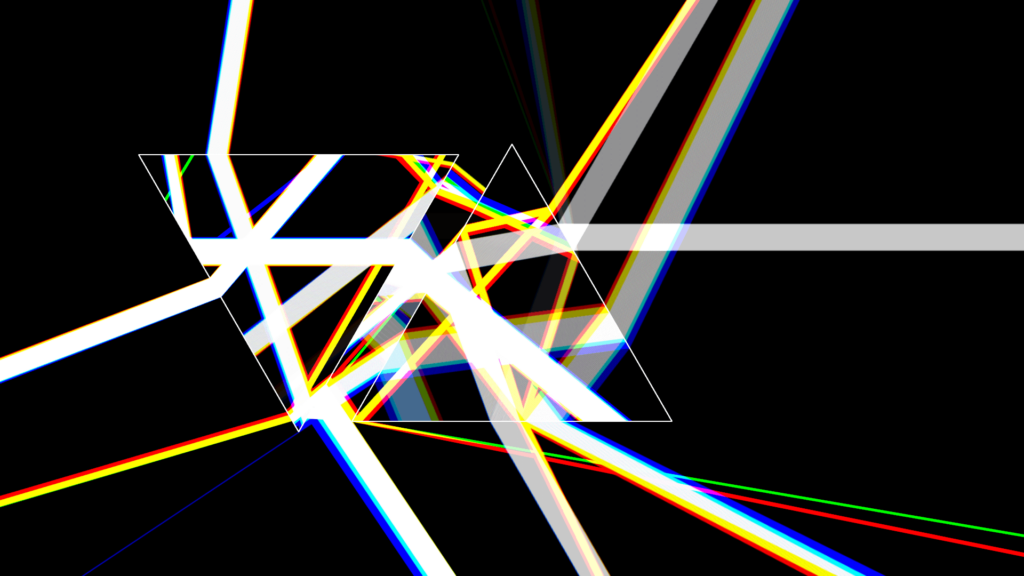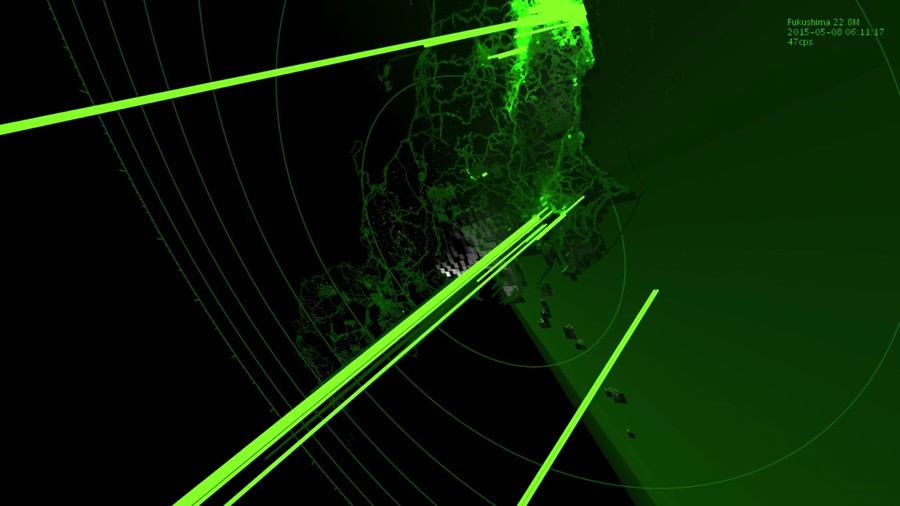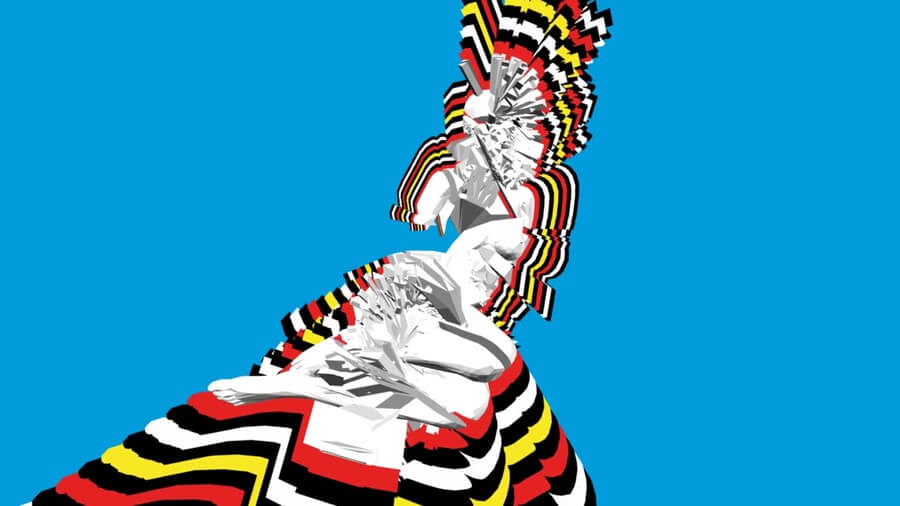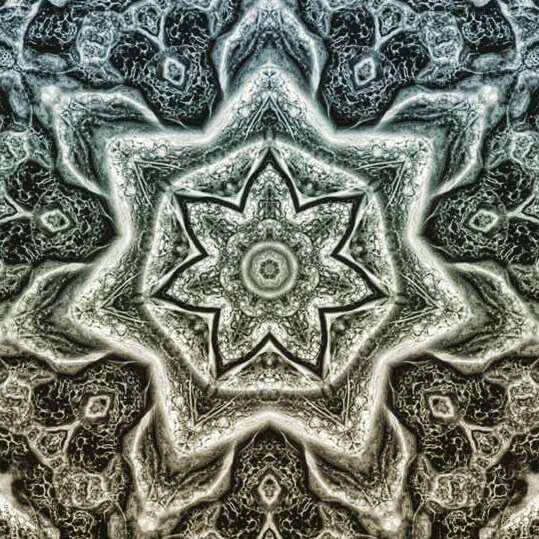WINTERBLOED
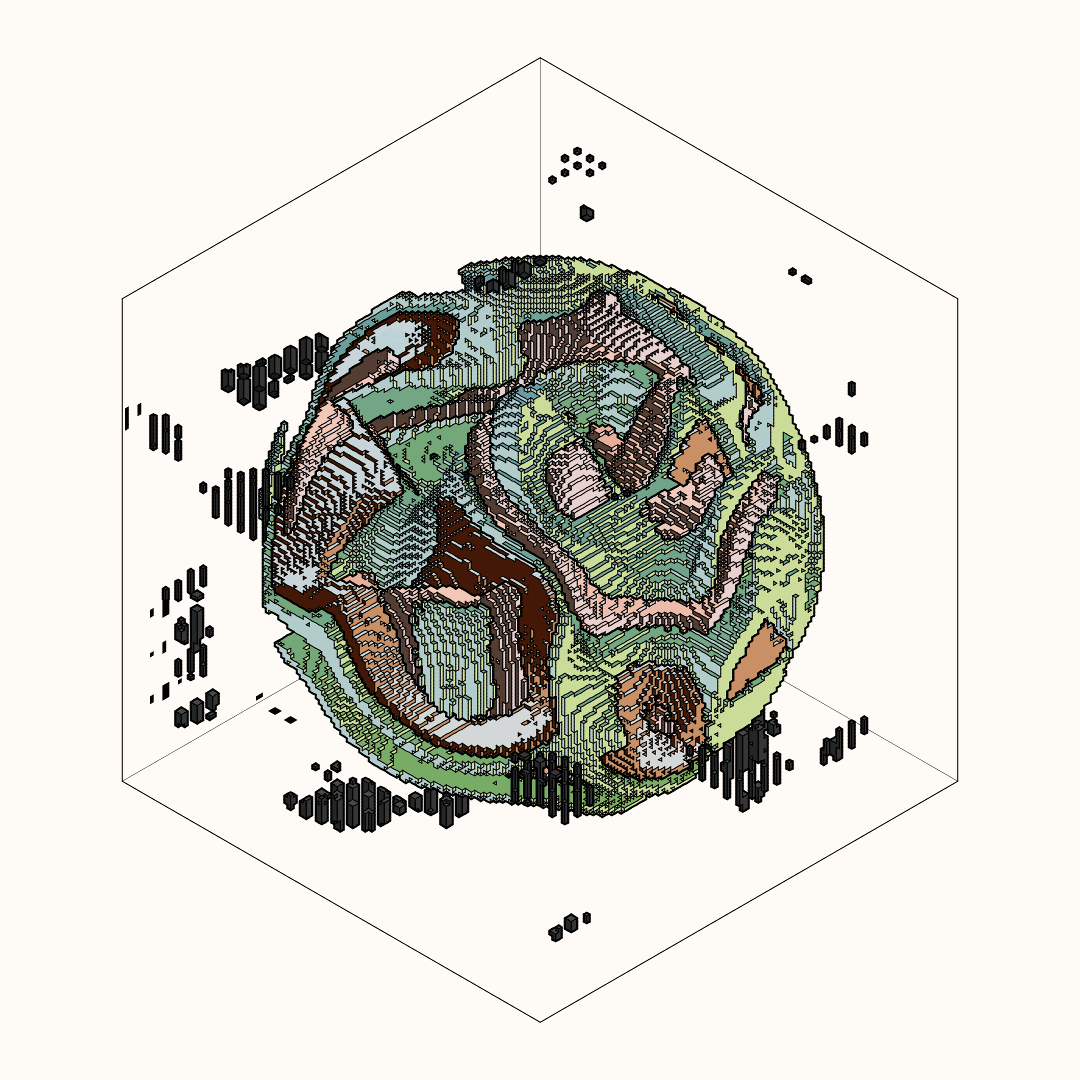
Experiments in creative coding and generative geometry
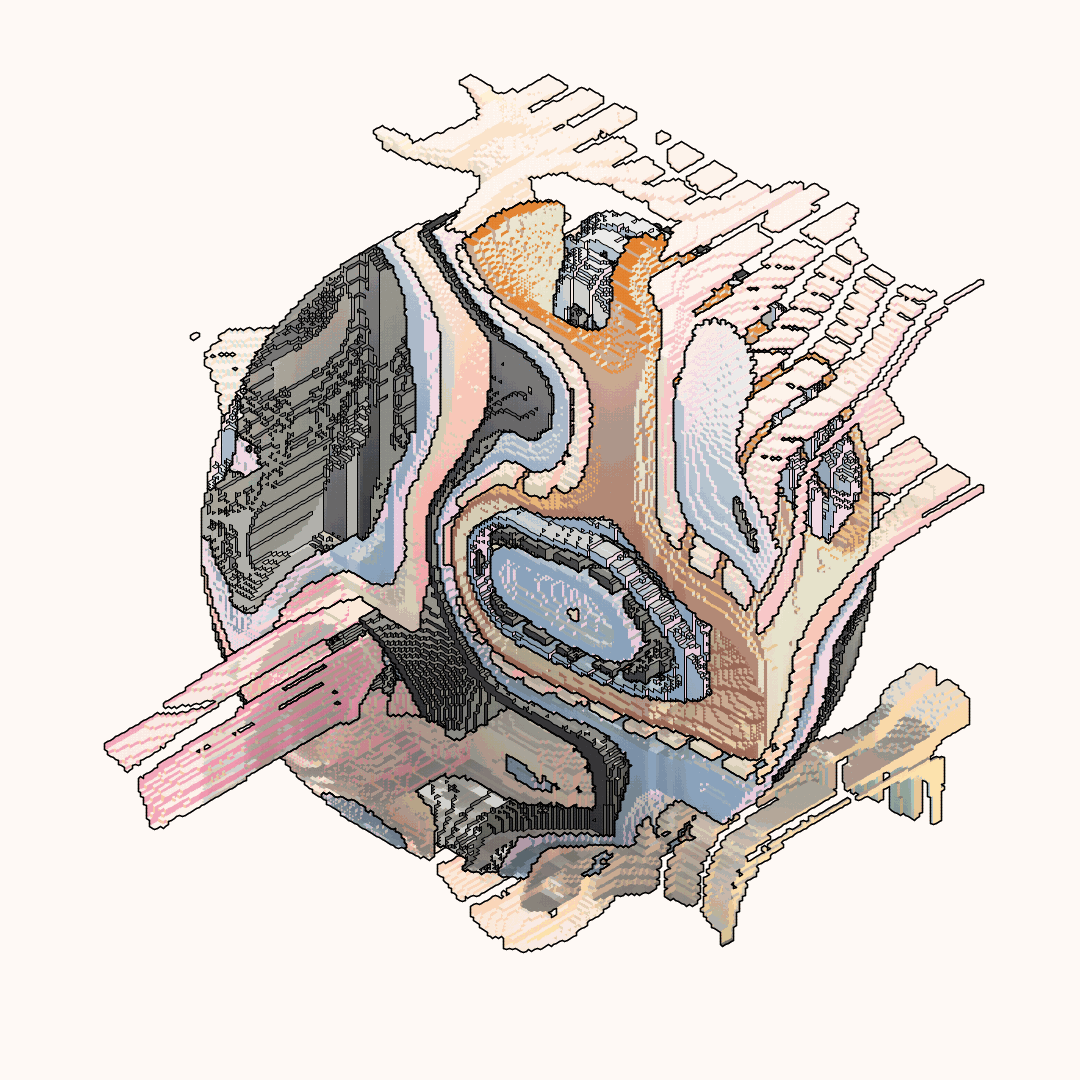


Works and written words
-
Iso – Exeter mAC I-VI, 2024
Created for the August 2024 Artcrush Gallery curation by Kika Nicolela
-
Winterkammer
Frederik Vanhoutte x The Generative Art Museum
for Responsive Dreams 2025 -
Unsettle I-XI, 2025
A series of 11 generative prints
-
Work in progress: Winterkammer 250901
work in progress images for Responsive Dreams 2025
-
Max Cooper – True Under Certain Conditions
Official video for Max Cooper’s True Under Certain Conditions
-
Construct: City on the Hill, 250824
Interactive generative geometry
-
Drone 250704
10 min. unedited improv on modular synth
-
Construct: Loren Tabular 1D CA – Multiscale
Multiscale 1D CA variation inspired by the work of Loren Schmidt
-
Loren Tabular Lookup CA
Over on Bluesky, I’m following along as Loren Schmidt is working on their open world roguelike. Through her work, I learned about tabular lookup cellular…
-
Construct: Iso Ambifeuille – Sphere
The isoverse manifests although we might not always see.
-
Construct: Iso Ambifeuille
The isoverse manifests although we might not always see.
-
Construct: Cellular tectonics
Interactive generative geometry
-
-
Construct: Vertigo
Do not overindulge.
-
Construct: Shard
Generative geometry in p5js
-
Construct: Towards, 2022
Generative geometry in p5js
-
Circle 24 division
Generative dice recipe 250326
-
Generative dice recipe: 24 part circle
Not so much a generative dice recipe as a preparatory construction that gives us an interesting starting point for countless experiments.
-
Blog archive: McCabeism: turning noise into a thing of beauty (2011)
If you’ve seen any reality zoo/wild-life program you’ll recognize this. Five minutes into the show you’re confronted with a wounded, magnificent animal, held in captivity so its caretakers can nurture and feed it. And inevitably, after three commercial breaks, they release it, teary-eyed, back into the wild.
-
Short note: choice
Choices, the core of generative art, the code making decisions instead of the artist. The artist relinquishing control.
What is choice?
-
Short note: determinism and predictability
Recently, during an online discussion about generative art, determinism, emergence, and the like, I felt like we were running in circles. The problem seemed to be different interpretations of “predictability” and it’s relationship to determinism.
-
Blog archive: Division (2009)
From my very first steps with processing, I’ve always been fascinated by the division of space, volumes and surfaces. In retrospect, many of my constructs can be seen as explorations of this theme.
-
Books
I’ve spend some time delving into my shelves to collect the books that shaped my creative coding practices. Some of them I wholly internalized, others…
-
Walking: modularity in creative coding
Spaghetti code is great! For many of us writing creative coding in Processing, starting with a simple idea and progressively adding layer and layer of complexity and functionality is a familiar workflow. It’s also a source of unexpected emergent features, what others would call bugs or mistakes *eyeroll*. The tangled messes we code…
-
Sun and broken crystal
This year, I was given a most wonderful Father’s Day gift, a draft, technical pen on tracing paper, that my father made in 1960 as part of his graduation as a “technisch ingenieur”, industrial engineer.
-
Cracking
Ages ago, 2006 or so, I came across a small book, Pamphlet Architecture 27: Tooling by Benjamin Aranda and Chris Lasch. It described several generative, parametric systems. One of the recipes is shown here, cracking. In this post we’ll build a generative system in Processing to explore the idea.
-
Li(n)e
The last few months, I spent quite some time in one-on-one conversations on Twitter and Instagram with people looking for help on something they want to try with creative coding. Often, these conversations start with the same questions, what courses to follow, what books to read, what learning path to follow?
-
The wrong way to use a signed distance function (sdf)
Signed distance functions (sdf) are a staple of shader and raytracing code. This article shows a way to abuse sdfs for fun and profit*.
*mileage may vary
-
Reading an .obj file in Processing
One of the most useful skills in creative coding is reading all kinds of data and files. And reading Wavefront .obj files in Processing is definitely one of the more fun applications.
-
Generation (2021/2019/2013)
Is there more to generative art than wallpaper generators?
-
unKeats (2016)
Excerpt from Lamia by John Keats
-
Fukushima Safecast visualization (2015)
Part of the raw data-visualizations made for a video artwork Sievert Rising by Frederik De Wilde
-
Creative Coding Playground – 100 years Vooruit, Ghent (2013)
Counters coded for the Creative Coding Playground at the Vooruit, Ghent, a celebratory piece for its 100th birthday.
-
Trinity (2010)
Complexity, evolution, homeostasis


